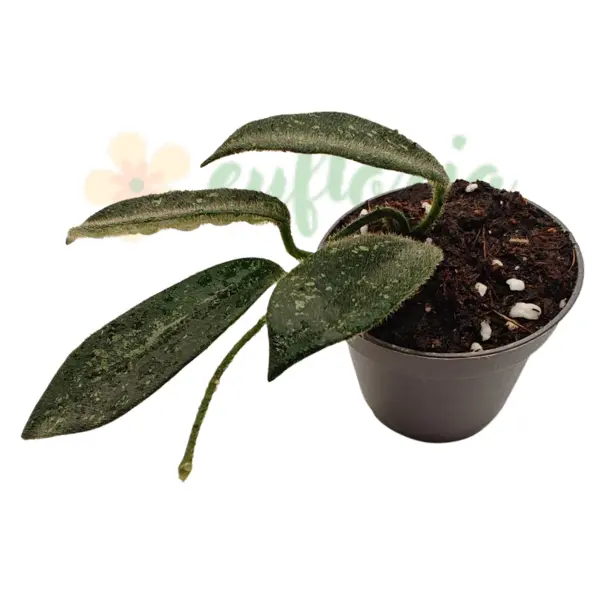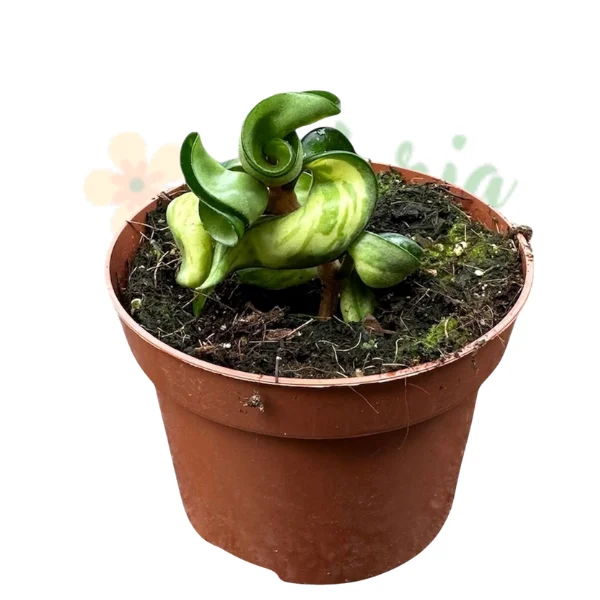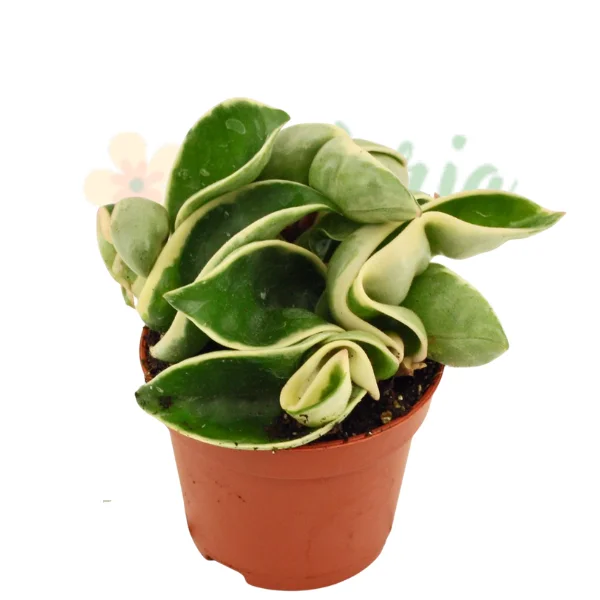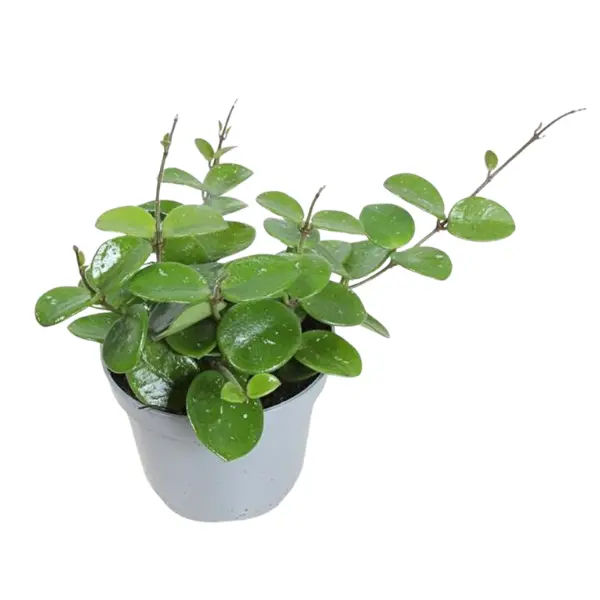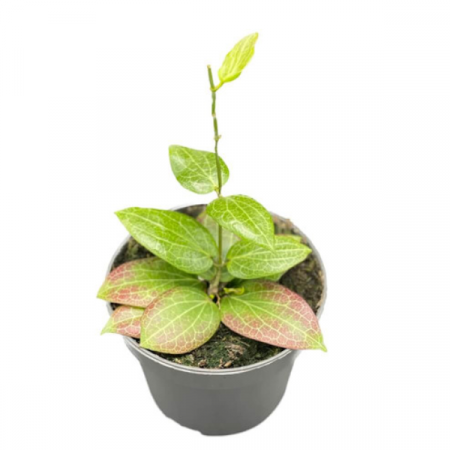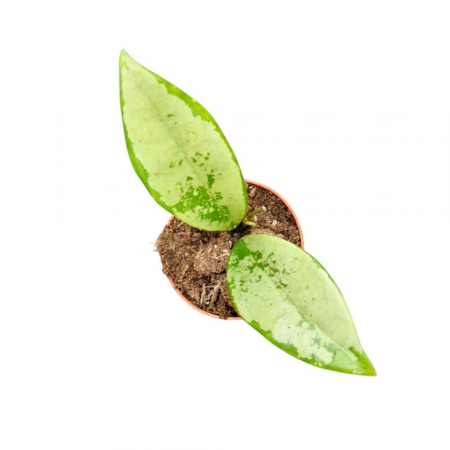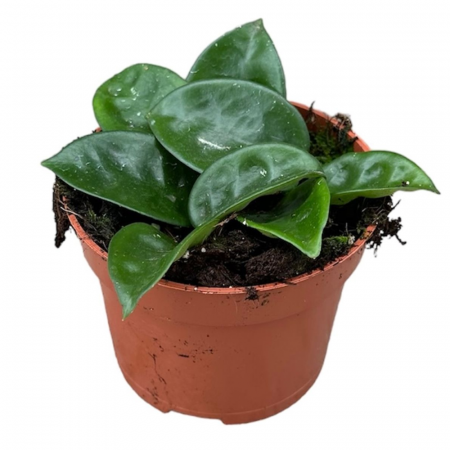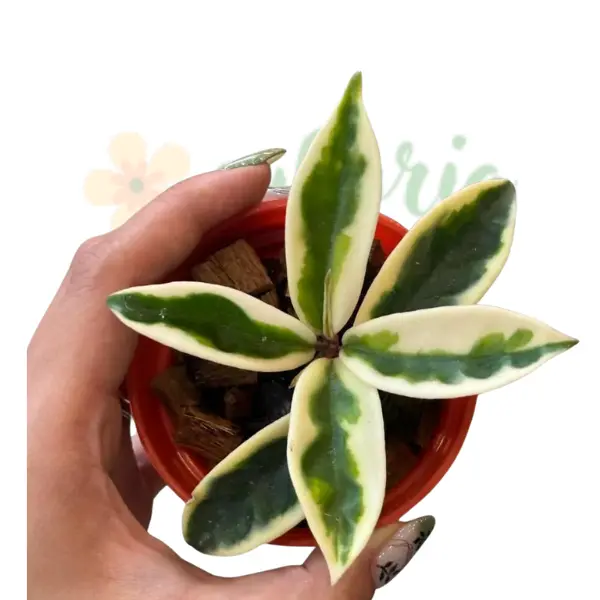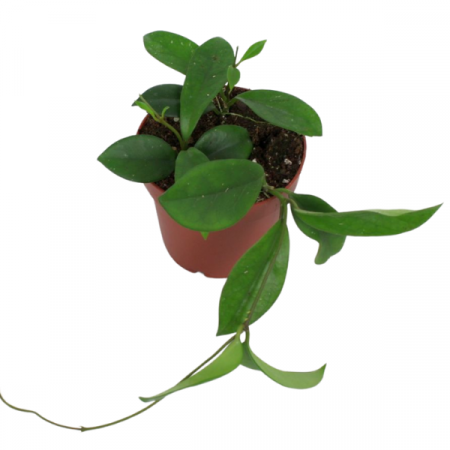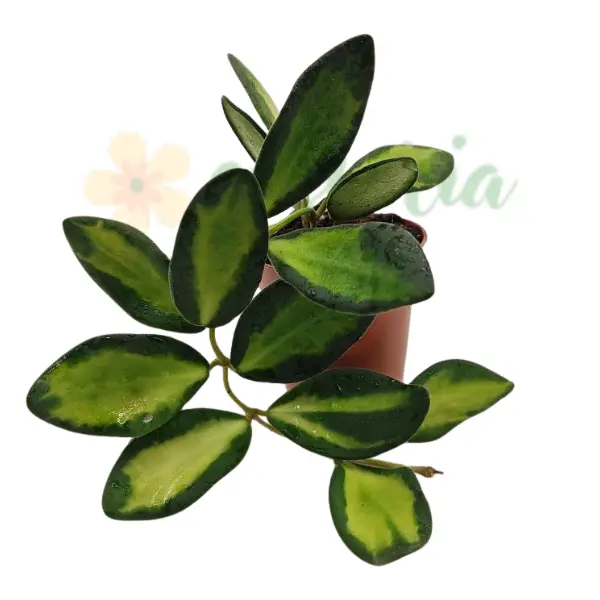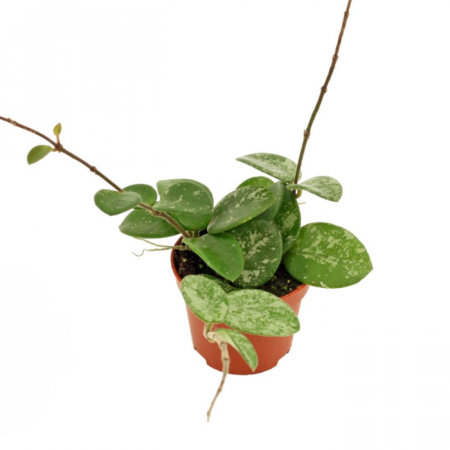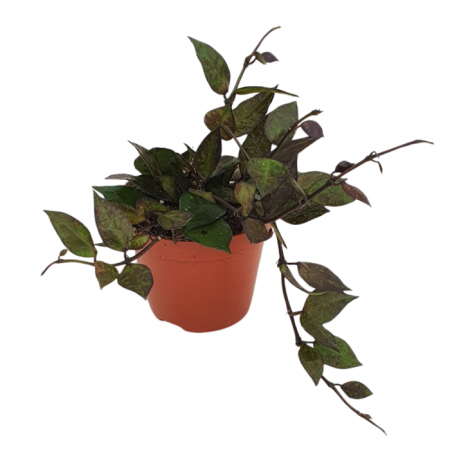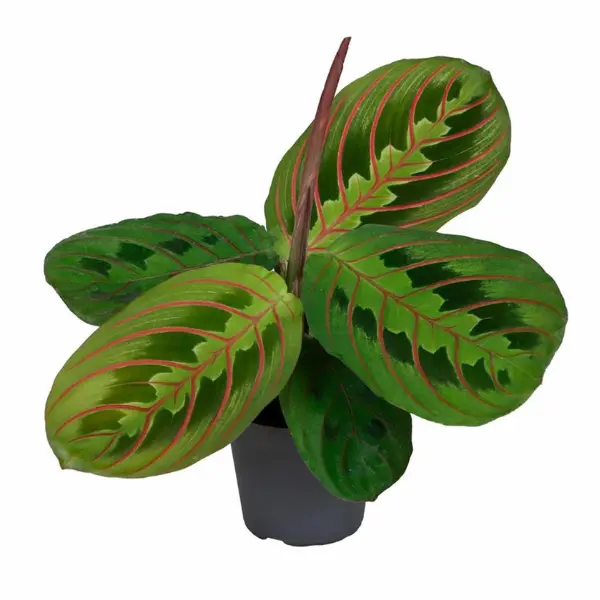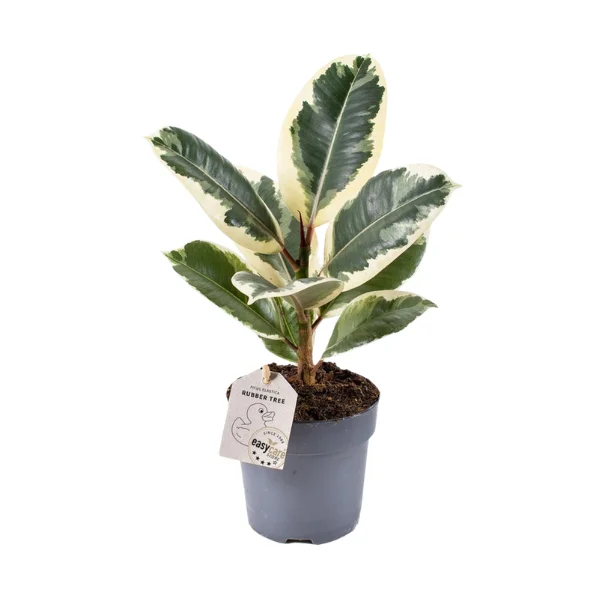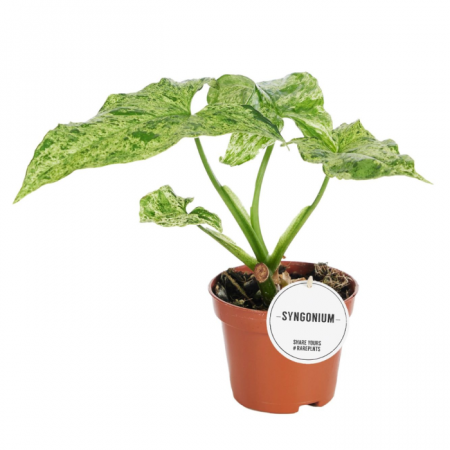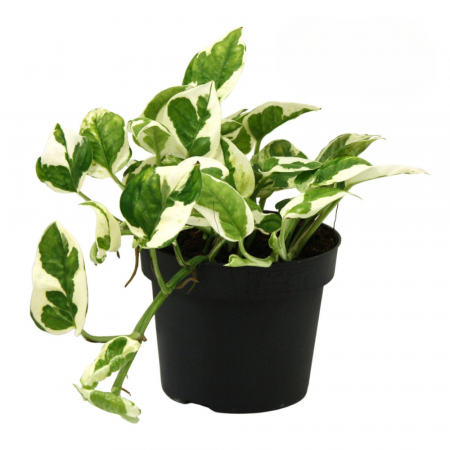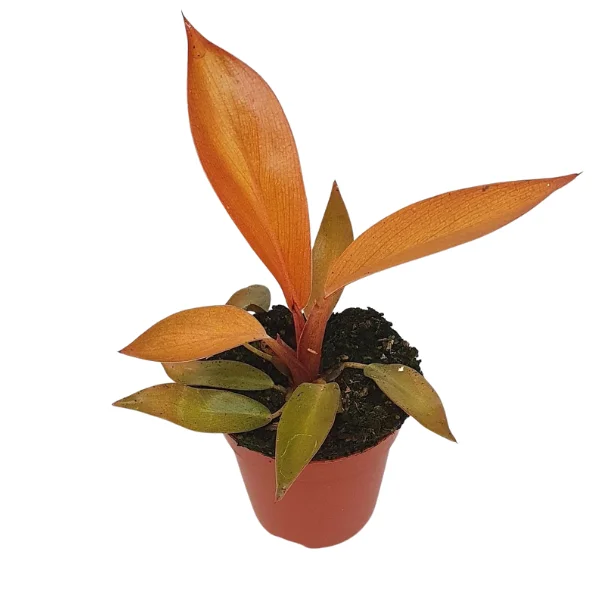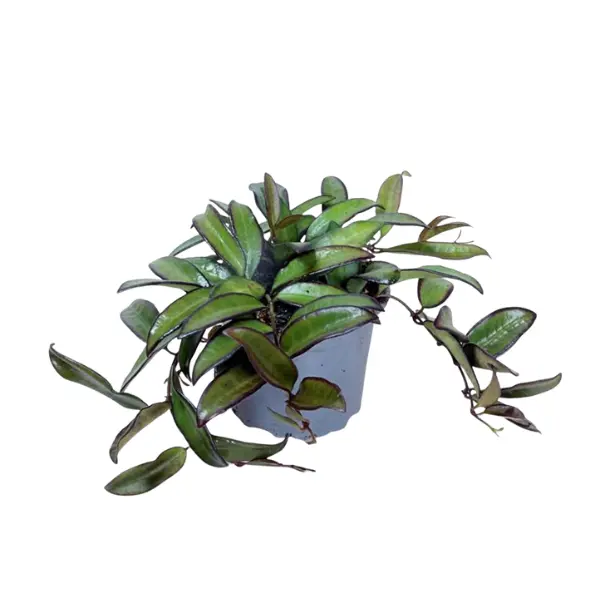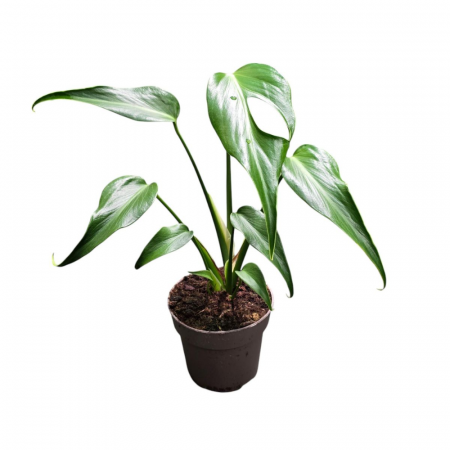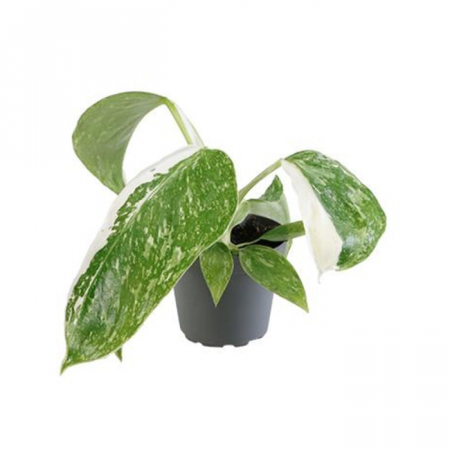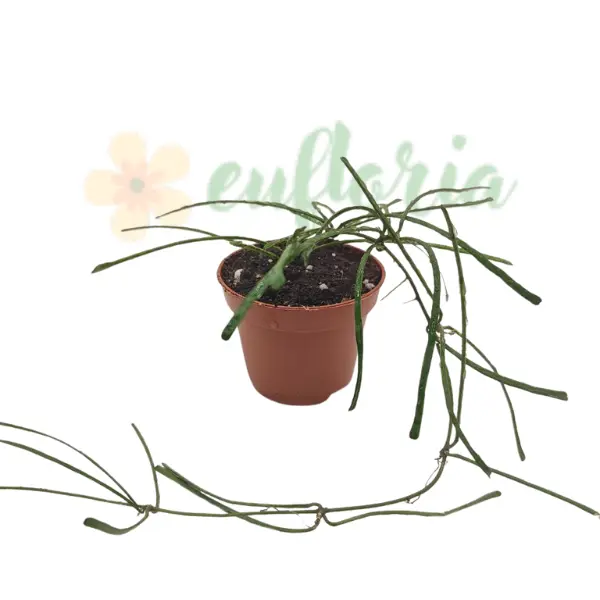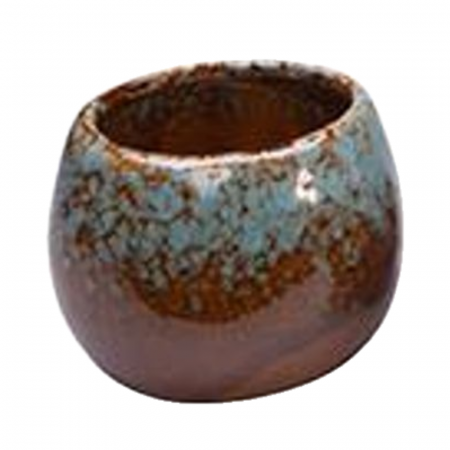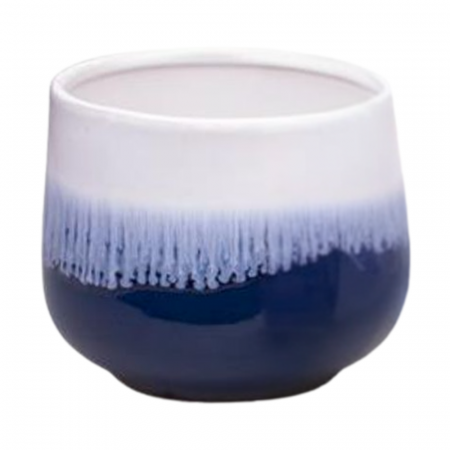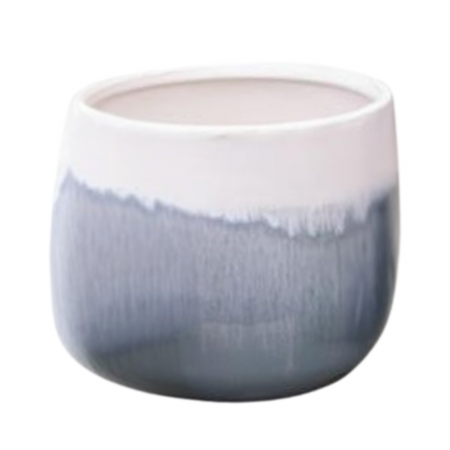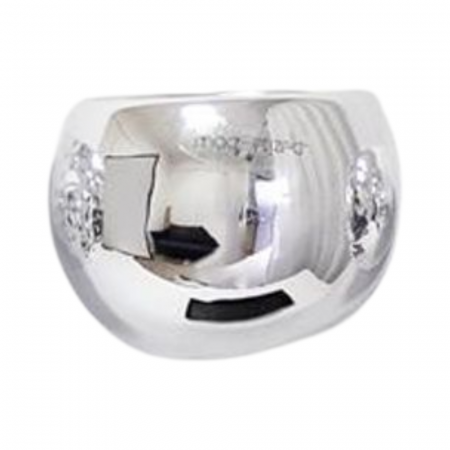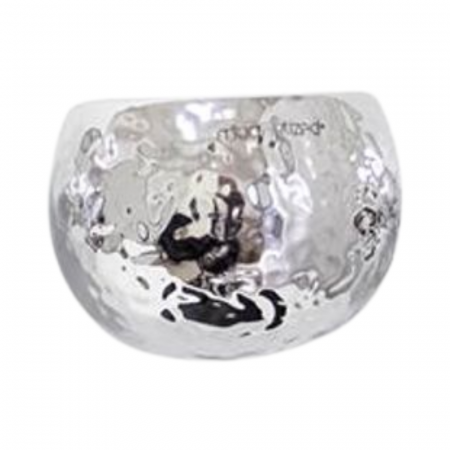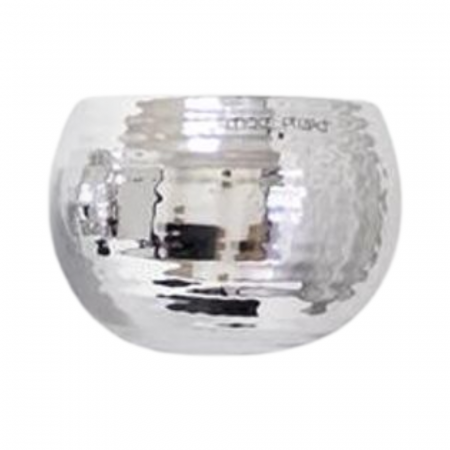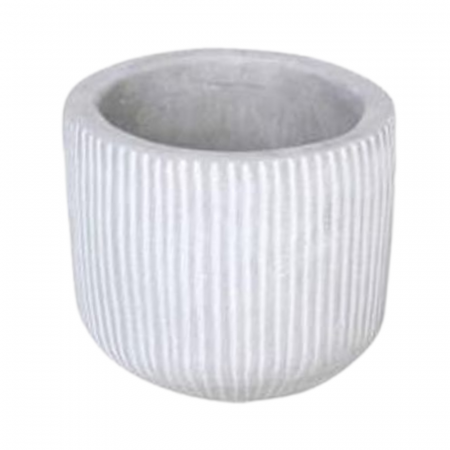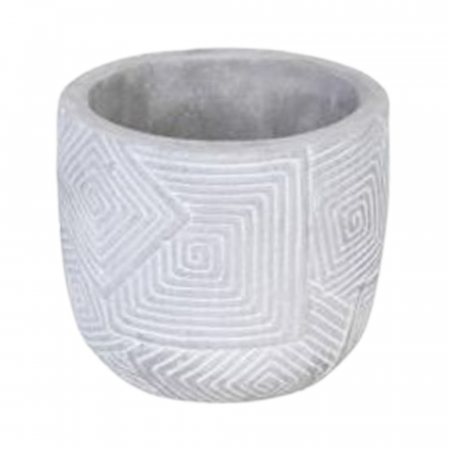Hoya 'Puom Siam Ruby' Ø10.5
Hoya 'Puom Siam Ruby' (PMP 176), a captivating hybrid between Hoya 'Joy' and Hoya 'Jennifer', is a rare, potted houseplant, adored for its glossy, prominently veined leaves and ruby edges. Originally from Bangkok, Thailand, this Hoya impresses with fragrant, star-shaped flowers, bringing exotic elegance to any setting.
Approx height (including pot): 15 cm
Flowering state: No flowers
Country of origin: Netherlands
- Description
- Characteristics
- Reviews (0)
- FAQ
Hoya 'Puom Siam Ruby' – a tropical gem with leaves vibrant 🌿✨
Hoya 'Puom Siam Ruby' is a plantă indoor in pots. A true miss operaă of artă alive, createdă to delight collectors and plant enthusiasts. Its lanceolate, light green leaves are thick, waxy and decorated with raised veins and edges of an intense purple-red, which are accentuated in strong light. Some leaves may show signs of edema, such as rings or throats, giving a unique, antique appearance. This epiphytic plant grows as a vine, reaching up to 1.5 meters, being ideal for hanging baskets or decorative trellis. After After a few years of care, it will bloom with clusters of white or pale pink flowers with a red center, emitting a sweet, floral fragrance that will transform any room into a fragrant oasis. Adaptable to indirect light, Hoya 'Puom Siam Ruby' is perfect for indoors, but prefers a well-drained environment and high humidity. to show off its beauty.
- Light: Prefers bright indirect light, ideally near an east-facing or curtained window. Will tolerate some morning sun, but avoid direct afternoon sun which can burn the leaves.
- Watering: Water when the top 2-3 cm of soil is dry, usually every 10-14 days. Use a pot with excellent drainage to prevent root rot.
-Humidity: It likes high humidity (60-80%), but adapts well to home conditions (40-50%). A humidifier or occasional misting helps.
-Temperature: Optimal range is 15-27°C. Protect it from temperatures below 14°C or cold drafts.
-Soil and fertilization: Use an aerated mixture of perlite, orchid bark and sphagnum moss. Fertilize monthly in spring and summer with a diluted fertilizer for flowering plants.
Hoya 'Puom Siam Ruby' is more than just a decorative plant. is a presence that transforms spaces. Its vibrant foliage purifies the air, and its fragrant flowers add a touch of sophistication. Thanks to its compact growth and climbing nature, it is ideal for shelves, desks or hanging baskets, creating spectacular green waterfalls. Considered pet-safe, it is an excellent choice for homes with cats or dogs. In feng shui, it is said that attracts prosperity and positive energy, making it a perfect gift for loved ones.
Hoya 'Puom Siam Ruby' is an indoor plant that captivates with its ruby-edged leaves and delicate, fragrant flowers. With easy care and a tropical charm, this rare variety will transform any corner of the house into a green sanctuary. Perfect for collectors or beginners, Hoya 'Puom Siam Ruby' is a choice that promises to bring beauty and serenity every day.
Lungime: 15 cm
Greutate (kg): 0.5 Kg
Denumire: Hoya
Diametru: 10 cm
Cerințe lumină: Partial umbra
Tip plantă: Decorative
Utilizare: Interior
Tip suport: Ghiveci
Material Suport: Plastic
What makes Hoya PMP176 'Joy' x 'Jennifer' so special compared to other Hoya hybrids?
Hoya PMP176 is an exceptionally complex multi-generation hybrid that combines genes from four different Hoya species: sp. Laos, vitellina, incrassata and finlaysonii. This rich genetic heritage results in a unique combination of characteristics impossible to find in nature or in simpler hybrids. The most spectacular aspect is the extremely prominent, almost three-dimensionally sculpted venation on the leaf surface - this feature comes from crossing two genetic lines that both have strong venation (Joy and Jennifer). The dark purple-maroon edges are inherited specifically from Joy, while the elongated lanceolate shape and distinctive jasmine fragrance come from Jennifer. The ability of the leaves to transform spectacularly, developing reddish, tan and purple hues in bright light is a uniquely inherited characteristic that makes each specimen a living work of art. From a collectors' point of view, this hybrid represents the pinnacle of professional Thai hybridization and remains rare even in the international Hoya community.
Why is Hoya PMP 176 growing so slowly and how can I speed up growth?
The slow growth of Hoya PMP176 is a genetic trait inherited from both parents - both Joy and Jennifer are known for their moderate to slow growth rate. This is due to the genetic complexity and the fact that the plant's energy is invested in developing dense, thick, prominently veined and textured leaves, rather than rapidly producing vegetative material. In the first 1-2 years, growth can be extremely slow (only 2-4 new leaves per year) as the plant develops a solid root system. To optimize growth within the normal limits of the hybrid: provide consistent bright light for at least 8 hours daily (the most important factor!), maintain stable warm temperatures of 22-28°C, provide high humidity of 70-80%, fertilize regularly during the active season with a balanced fertilizer, avoid stress from frequent moving or changing conditions, and repot in a slightly larger pot (not too big) every 2-3 years. Most importantly: be patient! Once the plant reaches 3-4 years of age, the growth rate noticeably accelerates and you will be rewarded with a spectacular specimen.
How can I get the intense reddish and purple hues on Hoya Puom Siam Ruby leaves?
The spectacular color transformation of the leaves from plain green to reddish, tan and purple hues is triggered by exposure to consistent bright light - this is a form of "sun stress", a natural protective mechanism by which the plant produces anthocyanin pigments. To maximize this color transformation: place the plant in the brightest location available - ideally near a south or southwest-facing window, 50-100 cm away, where it receives very bright indirect light or even a few hours of gentle direct sunlight in the morning. Provide a minimum of 8-10 hours of bright light daily. If natural light is insufficient, use full-spectrum LED grow lights 30-40 cm above the plant, 12-14 hours daily. Also provide slightly warmer temperatures (24-28°C) and fertilization with a fertilizer rich in phosphorus and potassium that supports anthocyanin production. The transformation is not instant - it may take 4-8 weeks of consistent exposure to bright light to see visible results. New leaves will already appear colorful, while older leaves will gradually transform. Do not expose to intense direct sunlight suddenly - increase exposure gradually to avoid burns.
Can I propagate Hoya PMP176 and will it retain the hybrid characteristics?
Yes, you can successfully propagate Hoya PMP176 by stem cuttings and the new plants will retain all the characteristics of the hybrid - the prominent venation, the dark edges, the ability to transform colors and the floral characteristics. Hoya hybrids propagate "true to type" by vegetative propagation (cuttings), as opposed to propagation by seeds which would produce genetic variability. However, you must be prepared for a challenge: PMP176 inherits from Joy the extremely slow rooting characteristic. Cuttings can take 6-12 weeks or even 4-5 months to produce visible roots! For maximum success: take cuttings with a minimum of 2-3 nodes in April-June when the plant is actively growing, use rooting hormone powder or gel, root in very aerated substrate (50% perlite + 50% coco fiber) rather than in water (rooting in substrate tends to be more successful for this slow hybrid), maintain constant high humidity 80-90% with a transparent container on top (greenhouse effect), provide constant temperature 24-26°C, bright indirect light, and most importantly - have tremendous patience! Don't be discouraged if you don't see progress in the first 8 weeks. Check the cutting occasionally for signs of rot, but otherwise leave it alone to do its thing.
Is it normal for Hoya Puom Siam Ruby to completely stop growing in winter?
Yes, it is completely normal and to be expected! Hoya PMP176 inherits from Hoya 'Jennifer' the tendency to enter a period of semi-dormancy or complete dormancy during the winter months, especially if temperatures drop below 20°C and natural light becomes weaker. During this period (November-February in the northern hemisphere), the plant may dramatically slow down its growth or even not produce any new leaves for 3-4 months. This is a natural adaptation to less favorable conditions and does NOT indicate a problem. What to do during the dormancy period: dramatically reduce watering (2-3 weeks between waterings or when the substrate is completely dry), stop fertilizing completely, maintain temperatures above 15°C (ideally 18-22°C), continue to provide bright light (use LED grow lights if natural light is very weak), do not repot or propagate, do not worry if the plant "stands still" - this is normal. Once temperatures rise and days lengthen in spring (March-April), the plant will emerge from dormancy and resume active growth. Some growers who maintain constant warm temperatures (24-26°C) and strong artificial lighting year-round manage to avoid dormancy altogether, but for most home growers, winter dormancy is a natural part of this hybrid's cycle.
What are the first signs that Hoya PMP176 is getting ready to bloom?
The first visible sign that PMP176 is getting ready to flower is the appearance of stiff, woody flower stalks emerging from the leaf axils (the point where the leaf attaches to the stem). These stalks appear as short, green "spikes" at first, then gradually become thicker and more woody, measuring 3-5 cm long. It is essential NOT to cut these stalks - they look unsightly at first, but they are the flower factories of the plant! After the stalks appear (which can be weeks or even months before actual flowering), you will notice small swellings at the tip of the stalks - these are the flower buds in formation. Later, the buds will develop into small, clustered green bulbs that gradually grow to become a spherical umbel. Within a few days, the buds will gradually open revealing the white/cream flowers with red accents. This entire sequence from the appearance of the first flower stalk to the full opening of the flowers can take 3-8 weeks. To encourage flowering: provide constant bright light, keep the plant lightly root-bound, fertilize with a fertilizer rich in phosphorus and potassium during the active season, and do not move or stress the plant once the flower stalks have appeared. Patience is rewarded - once the plant blooms for the first time (at 3-4 years of maturity), it will continue to produce new flower stalks and will bloom frequently!
How does Hoya PMP176 compare to its parents Joy and Jennifer in care requirements?
Hoya PMP176 inherits and combines the care requirements of both parents, falling somewhere in the middle in terms of difficulty. Compared to Joy: PMP176 is slightly more sensitive to overwatering (Joy is relatively tolerant), requires the same bright light for optimal coloration, and inherits the slow growth and difficult rooting from cuttings. Compared to Jennifer: PMP176 is slightly more tolerant (Jennifer can be capricious and difficult for some growers), inherits the tendency to go dormant in winter, and requires the same attention to preventing root rot. Generally, if you can successfully grow either Joy or Jennifer, you will be able to manage PMP176. The advantage of the hybrid is slightly improved vigor (hybrid heterosis) compared to Jennifer which can be temperamental. The main challenges are: sensitivity to overwatering (inherited from both), very slow growth (amplified combination of both parents), extremely slow rooting from cuttings (from Joy), and tendency to go dormant in winter (from Jennifer). With patience, constant bright light, and avoidance of overwatering, PMP176 is a rewarding hybrid that combines the best characteristics of both spectacular parents into one rare collector's package.
Is the Hoya PMP176 suitable for beginners or does it require advanced experience?
Hoya PMP176 is firmly in the intermediate-advanced range and is NOT recommended for absolute beginners with plants. This complex hybrid requires previous experience with Hoyas or at least with tropical epiphytes to be successful. Specific challenges for beginners include: high sensitivity to overwatering (root rot is very common with overcare), requires consistent bright light (more than most common houseplants), extremely slow growth which can be discouraging (wait months to see minimal progress), very difficult and slow rooting from cuttings (4-5 months is not uncommon), capricious behavior with winter dormancy which can make it seem like the plant is dying, high price due to rarity (significant investment to lose if you fail), and requires very specific well-drained substrate (standard universal soil is guaranteed to fail). Who it's for: Intermediate-advanced growers with successful experience with other Hoyas (especially if you've already grown Joy or Jennifer successfully), dedicated collectors willing to invest time and attention, those who can provide consistent bright light and high humidity, and those with extraordinary patience for slow growth. For beginners: We recommend starting with Hoya carnosa, publicalyx, australis, or kerrii before trying complex and rare hybrids like PMP176. Gain experience with more tolerant and easy-going Hoyas before investing in an expensive and challenging collector hybrid.

![Hoya Siam Ruby in a pot – leaves with ruby-red hues. [1] Hoya Siam Ruby in a pot – leaves with ruby-red hues. [1]](https://gomagcdn.ro/domains2/eufloria.ro/files/product/large/hoya-puom-siam-ruby-d10-5-538002.webp)
![Hoya Siam Ruby in a pot – leaves with ruby-red hues. [2] Hoya Siam Ruby in a pot – leaves with ruby-red hues. [2]](https://gomagcdn.ro/domains2/eufloria.ro/files/product/large/hoya-puom-siam-ruby-d10-5-665961.webp)
![Hoya Siam Ruby in a pot – leaves with ruby-red hues. [3] Hoya Siam Ruby in a pot – leaves with ruby-red hues. [3]](https://gomagcdn.ro/domains2/eufloria.ro/files/product/large/hoya-puom-siam-ruby-d10-5-493408.webp)
![Hoya Siam Ruby in a pot – leaves with ruby-red hues. [4] Hoya Siam Ruby in a pot – leaves with ruby-red hues. [4]](https://gomagcdn.ro/domains2/eufloria.ro/files/product/large/hoya-puom-siam-ruby-d10-5-289423.webp)
![Hoya Siam Ruby in a pot – leaves with ruby-red hues. [5] Hoya Siam Ruby in a pot – leaves with ruby-red hues. [5]](https://gomagcdn.ro/domains2/eufloria.ro/files/product/large/hoya-puom-siam-ruby-d10-5-058214.png)
![Hoya Siam Ruby in a pot – leaves with ruby-red hues. [0] Hoya Siam Ruby in a pot – leaves with ruby-red hues. [0]](https://gomagcdn.ro/domains2/eufloria.ro/files/product/medium/hoya-puom-siam-ruby-d10-5-538002.webp)
![Hoya Siam Ruby in a pot – leaves with ruby-red hues. [1] Hoya Siam Ruby in a pot – leaves with ruby-red hues. [1]](https://gomagcdn.ro/domains2/eufloria.ro/files/product/medium/hoya-puom-siam-ruby-d10-5-665961.webp)
![Hoya Siam Ruby in a pot – leaves with ruby-red hues. [2] Hoya Siam Ruby in a pot – leaves with ruby-red hues. [2]](https://gomagcdn.ro/domains2/eufloria.ro/files/product/medium/hoya-puom-siam-ruby-d10-5-493408.webp)
![Hoya Siam Ruby in a pot – leaves with ruby-red hues. [3] Hoya Siam Ruby in a pot – leaves with ruby-red hues. [3]](https://gomagcdn.ro/domains2/eufloria.ro/files/product/medium/hoya-puom-siam-ruby-d10-5-289423.webp)
![Hoya Siam Ruby in a pot – leaves with ruby-red hues. [4] Hoya Siam Ruby in a pot – leaves with ruby-red hues. [4]](https://gomagcdn.ro/domains2/eufloria.ro/files/product/medium/hoya-puom-siam-ruby-d10-5-058214.png)

